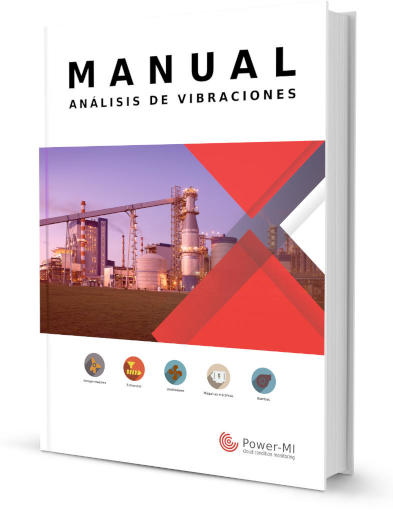The main advantages of visual inspections are as follows:
- Most tangible objects can be, to some extent, inspected. As long as certain basic rules are followed, you can inspect a lot of items. Of course, there are materials that, due to their potential danger to life or because they are difficult to access, cannot be directly inspected.
- It is a low-cost technique, being the cheapest of the non-destructive testing techniques. The necessary instrumentation is minimal and can be incorporated gradually.
- Little training is required. It could be said that common sense counts as one of the tools for visual inspection, knowing the order, cleanliness, and appearance of certain elements, we can extrapolate this to an area or object under study. Of course, the more that is investigated, studied and explored, the better inspectors we will be.
- Wide scope in uses and benefits. Virtually all types of assets can be monitored with visual inspections.
The main limitations of this technique for predictive maintenance are the following:
- Only superficial qualities can be valued. To carry out more in-depth inspections require specialized equipment and disassembly of asset components.
- An adequate source of illumination is necessary. Being essential for our eyes to work, without light visual inspection is virtually useless. Although technology has been improving lighting systems providing solutions to this limitation.
- Access to the surface that needs to be inspected is necessary. Places, where it is impossible to get our eyes close reduce the quality of the inspection, possibly something, can be seen, but the idea is to see well enough to be able to successfully determine the condition that is being sought.
- Information management can be complicated if you don't use predictive maintenance management software. If the reports are made by hand in paper format, the use of the collected data will be practically zero.

 cloud_download
cloud_download